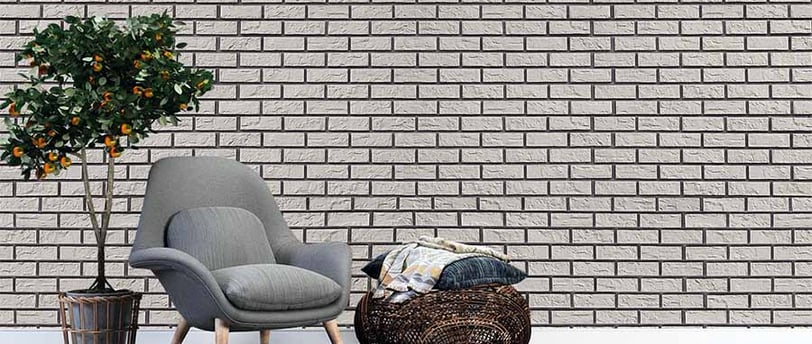eco friendly building
a little description about eco friendly buildings


Environmental-friendly construction is a transformative approach that is reshaping the traditional landscape of the construction industry. This paradigm shift signifies a fundamental change in the way we conceive, design, and build structures, with a primary focus on minimizing the environmental impact and promoting sustainable practices.
At the heart of this movement is the conscious choice of materials. Sustainable construction emphasizes the use of materials that are not only eco-friendly but also contribute to the conservation of natural resources. Recycled steel, reclaimed wood, and energy-efficient glass are becoming staples in environmentally conscious building projects, reflecting a commitment to a circular economy and a reduced reliance on finite resources.
Energy-efficient designs are another key pillar of environmental-friendly construction. Architects and builders are increasingly integrating innovative designs that harness the power of natural elements. These designs optimize natural light, maximize ventilation, and leverage thermal properties to create structures that are not only visually appealing but also energy-efficient. The result is spaces that prioritize sustainability without compromising on aesthetics or functionality.
The rise of green building certifications, exemplified by programs like LEED, underscores the industry's dedication to environmental responsibility. These certifications set rigorous standards for construction projects, evaluating factors such as energy efficiency, water conservation, and indoor air quality. By adhering to these standards, builders not only contribute to a global green building movement but also ensure that their projects are held to the highest environmental benchmarks.
The environmental impact of such construction practices is substantial. One of the most significant contributions is the reduction of carbon footprints associated with traditional building methods. Through the use of sustainable materials and energy-efficient technologies, environmental-friendly construction minimizes the carbon emissions tied to the energy consumption of buildings, thereby mitigating their overall environmental impact.
Moreover, this approach contributes to the preservation of natural resources. By prioritizing the use of renewable materials and minimizing waste, environmental-friendly construction helps sustain the Earth's resources for future generations. The emphasis on reducing, reusing, and recycling materials aligns with a broader commitment to minimizing the construction industry's contribution to environmental degradation.
Beyond environmental benefits, there are economic advantages to adopting eco-friendly construction practices. While there may be initial upfront costs, the long-term savings are considerable. Energy-efficient designs lead to lower utility bills, and the use of durable materials reduces maintenance expenses, making eco-friendly properties financially sound investments.
In the marketplace, there is a growing demand for environmentally friendly properties. Homes and buildings with green features not only attract environmentally conscious buyers and tenants but also command higher resale values. This market dynamic underscores the increasing recognition that sustainability is not just a moral imperative but also a valuable asset in real estate.
As we move forward, the future of construction lies in the hands of those who embrace environmental-friendly practices. Whether through the use of renewable energy sources, incorporation of smart technologies, or commitment to green building certifications, every step towards eco-friendly construction is a stride towards a more sustainable and resilient world. Environmental-friendly construction is not merely about constructing buildings; it is about building a legacy of responsible stewardship for our planet's future.

